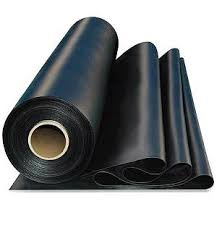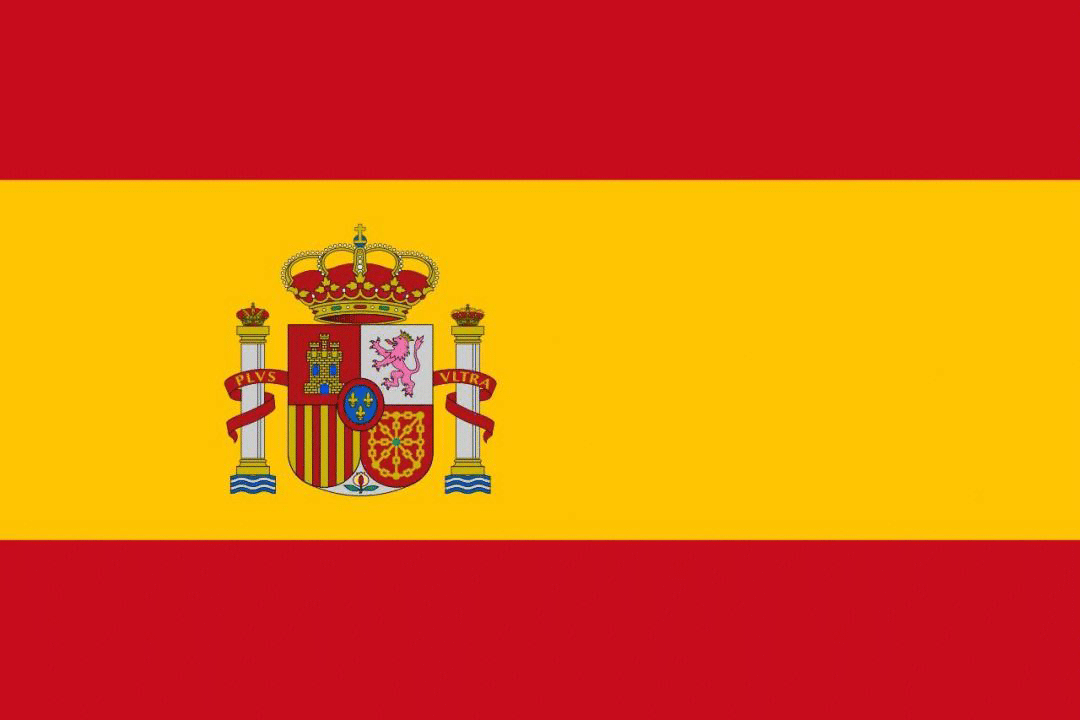Introduction: EPDM is a synthetic rubber elastomer known for its tolerance to a variety of environmental conditions. EPDM is mainly composed of ethylene and propylene derived from oil and natural gas, and also contains diene components used as crosslinkers. This unique chemical composition gives EPDM impressive resistance to ozone, polar substances and hot and cold water, and EPDM stands out for its excellent water and weather resistance.

Product application:
★The automotive industry relies heavily on the durability and chemical resistance of EPDM seals.
★Water treatment facilities also benefit from the use of EPDM. EPDM's resistance to dilute acids and alkalis has significant advantages in water and wastewater treatment applications. The chemical resistance of EPDM ensures the integrity of seals, reduces the risk of leakage and improves the overall safety of the plant.
★EPDM have advantages due to their thermoelasticity and light weight. They are commonly found in aircraft hydraulic systems, fuel systems and cabin sealing applications
★Finally, the oil and gas industry uses EPDM seals in a variety of functions, such as valves, pumps and hydraulic systems. The material's robustness and ease of installation in extreme environmental conditions are critical for the harsh environments typically encountered in oil and gas operations.






